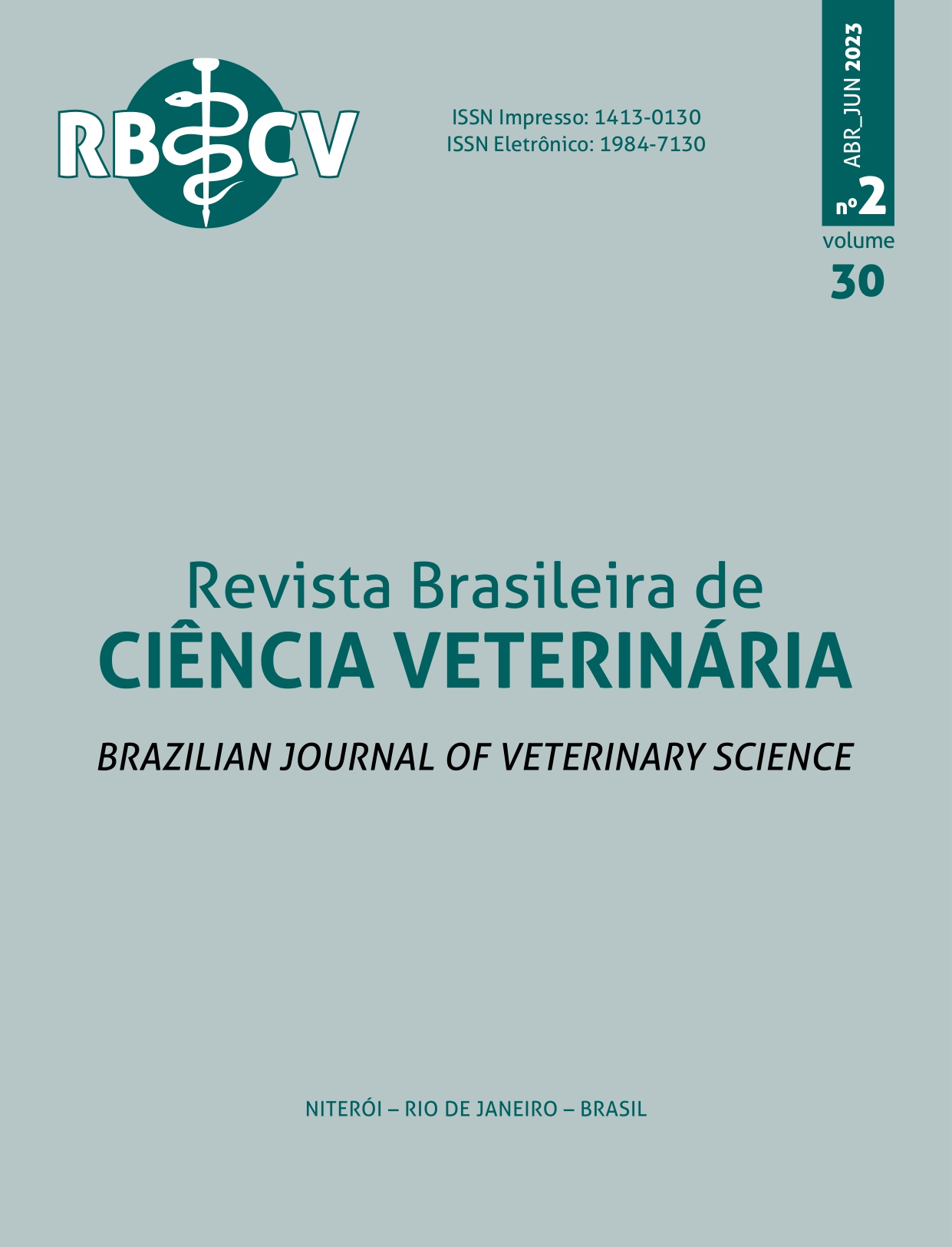Cesariana em éguas – Estudo descritivo de 6 casos
Résumé
O objetivo deste trabalho foi realizar uma análise descritiva de 6 casos de cesarianas realizados em éguas. Os casos foram atendidos no Hospital Veterinário da Universidade Estadual de Maringá, campus Umuarama, PR (HVGA-UEM), no período de 2019 a 2021. Cinco éguas da raça Quarto de Milha e uma da Crioula, com queixa de parto prolongado e distocias por diferentes motivos. Destes, três casos tiveram alta médica 50% (3/6), enquanto os outros três 50% (3/6), por conta de complicações pós-operatórias e pela gravidade do quadro clínico, evoluíram para o óbito. Os partos distócicos são raros em éguas, quando comparados com outras espécies, essa particularidade, pode ser justificada pela conformação anatômica do sistema reprodutivo e a classificação placentária das éguas, que propiciam contrações rápidas e efetivas, o que facilita a progressão do parto normal. Dessa forma, nos casos de distocia em que as manobras obstétricas são incapazes de corrigir o mau posicionamento fetal, a cesariana passa a ser o procedimento de eleição. Como medida complementar, norteada pelos princípios de bem-estar animal, foi sugerido aos proprietários, que não colocassem esses animais na estação reprodutiva seguinte, restringindo-se a sua utilização somente como doadoras de embriões. Portanto, foi possível concluir que a sobrevida das éguas submetidas a cesariana é de 50% nas condições deste estudo e 100% de letalidade para os potros.


